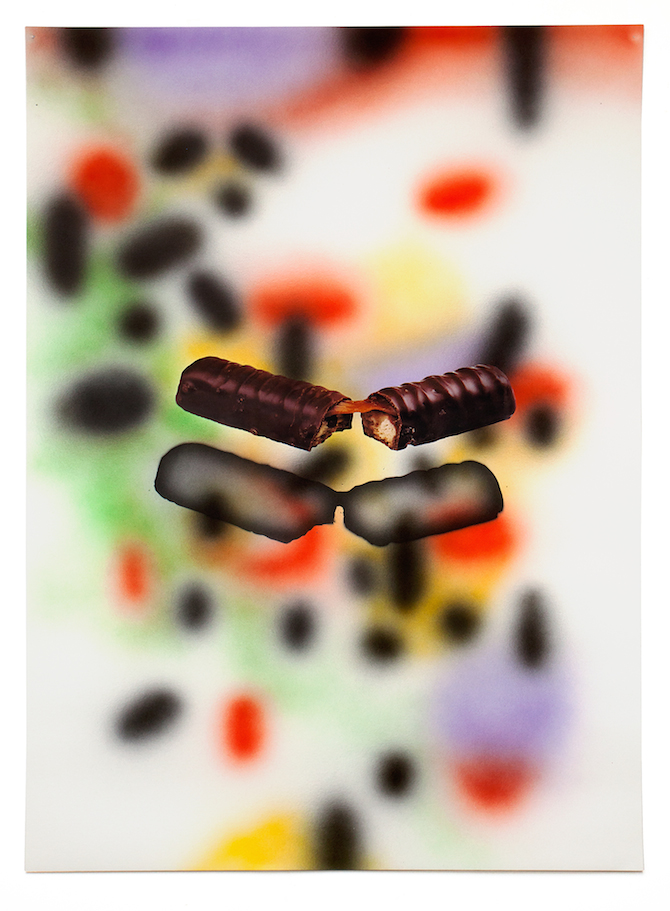 Katharina Fengler, 'EDDIE BERNAYS 9', 2014, photo by Foort Fotografie / Courtesy and © the artist
Katharina Fengler, 'EDDIE BERNAYS 9', 2014, photo by Foort Fotografie / Courtesy and © the artist
What is the difference between being an artist and becoming an artist? Which way is the right one to balance success and individual artistic expression? Is there something like predestination? Berlin-based artist Katharina Fengler can openly discuss and reflect these questions. Holding a degree in Photography from Zurich University of Arts, the 1980-born artist returned to Germany's capital in order to explore different conceptual and cross-disciplinary approaches for her work. Her strikingly colourful art ranges from two dimensional paintings to side-specific installation work. Frequently displayed internationally, Katharina currently exhibits the solo show SWEETNESS at CACTUS Contemporary Art Space in Liverpool and has an upcoming show at BLOK Art Space in Istanbul together with John von Bergen. In our interview Katharina talked about her practice with air-brush and salt dough, her inspiration and why being an artist is a day-to-day decision.
Mine Kaplangi: Katharina, you have a theoretical background in Philosophy and Art History. How and when did you start creating your own artworks?
Katharina Fengler: My CV can be quite deceiving in some parts… I spent very little time studying Philosophy and Art History. I liked the idea of becoming a philosopher or an art historian, but had little patience for university life: once, when sitting in a seminar on A Bar at the Folies-Bergère by Edouard Manet, I had the epiphany that I am sitting on the wrong side. I didn't want to spend the rest of my life making speculations about a dead man's painting. So, I left and never returned. After being rejected by the UdK Berlin I applied to study Photography at Zurich University of the Arts and was accepted. I never did a single commissioned photo job and had to survive by doing other random jobs. It started during this time that I declared my works to be art. But that is relatively easy within the protected context of an art school. Being an artist after art school is another story.
Mine: How did you manage this transition of becoming an artist?
Katharina: I think there are different ways to look at it. One way is to make day-to-day decisions and these decisions become a commitment. Another way is to believe in predestination, because people like romantic stories about artists. So maybe I should say that I have been an artist since I made that little artwork for my mum in kindergarten, and from there on it was a success. That would be cute, but very unlikely for me to say.
Mine: So you don’t believe in predestination?
Katharina: After art school I didn't want to believe in it. I didn't think of myself as a business person who was ever able to make money from art. So I was always forced to do other jobs – a reality of my life that I found very hard to accept. Especially because it is something artists don't like to talk about – it makes you look 'unsuccessful' if you are not living from your art. Therefore, there have always been doubts. In 2012 I was actually ready to drop it all. My art felt like a spoiled brat that I wanted to leave. A misbehaving child that brought more sorrow than joy, a bad life decision that was only making me miserable and poor. But I just could not get rid of it. It felt like I was owing it to my life – to keep going. And that would mean that there is something like predestination. It was not about becoming an artist, but instead about being an artist – that decision had been made the moment I walked out of that boring seminar. After realising this, my doubts vanished.
Mine: Although you were trained as a photographer, a large part of your work deals with three-dimensional objects. The texture of these objects is fascinating – it almost looks like they have their own skin or fur. How do you create this effect?
Katharina: I found this effect by accident. When I started making objects, I was looking for a cheap and non-toxic material. After some failed attempts – trying to make clay out of oat meal, which started smelling really bad – I remembered the salt dough that we used to make in kindergarten. All you need is salt, wheat flour and water. Once it is dry it becomes rock hard and the small salt crystals build a fine texture. At the same time I was working on my first large airbrush-paintings, so I tried the airbrush on the salt dough. Unexpectedly, that worked extremely well. The uneven surface helps reflect the colours into different directions and creates an almost hyper-realistic effect.
Mine: The colours are a dominant element of your work. They appear very deep and natural, while connecting strongly with their surfaces. Is the choice of colour an important aspect in your art?
Katharina: I like to use intense colours in my work because I think looking at them creates a direct physical response in the viewer. The way I use colour combinations is to some degree inspired by nature, so that might be the reason they seem 'natural', while others might argue they seem 'digital'. But that is also a question of defining 'natural' and 'digital'.
Mine: What are the connections between the titles of your works and the works themselves?
Katharina: If you are looking at the works without considering the titles, they are very open for possible projection and interpretation. When I choose titles they still allow a vast gap between them and the works, but at the same time they narrow possibilities down a bit. Almost all of them point in different ways to turning points in perception. For example, the title 'Unused Potential 6' relates to the assumption that one has a certain potential that they don't live up to completely. Maybe it is an illusion, maybe you are living up to your fullest potential at any given point in time. But if there was something like potential that is not 'used', would that potential take some form? Or maybe it cannot have a form because it is not in use. In what way do I not use my full potential when I create an artwork? And can a form be that non-existent potential? The questions and interest surrounding my titles are sincere, but at the same time allow themselves to be mocked. My new series of works on paper are all called 'Eddie Bernays', who introduced Freudian psychological ideas into advertisement. He was to a great degree responsible for what consumerism has developed into, even up until today.
Katharina: If you are looking at the works without considering the titles, they are very open for possible projection and interpretation. When I choose titles they still allow a vast gap between them and the works, but at the same time they narrow possibilities down a bit. Almost all of them point in different ways to turning points in perception. For example, the title 'Unused Potential 6' relates to the assumption that one has a certain potential that they don't live up to completely. Maybe it is an illusion, maybe you are living up to your fullest potential at any given point in time. But if there was something like potential that is not 'used', would that potential take some form? Or maybe it cannot have a form because it is not in use. In what way do I not use my full potential when I create an artwork? And can a form be that non-existent potential? The questions and interest surrounding my titles are sincere, but at the same time allow themselves to be mocked. My new series of works on paper are all called 'Eddie Bernays', who introduced Freudian psychological ideas into advertisement. He was to a great degree responsible for what consumerism has developed into, even up until today.
Mine: What was the last exhibition you visited that blew you away?
Katharina: I don't get blown away so easily, but the last show that was important for me to see was 'Exploded Fortress of Solitude' by Mike Kelley at Gagosian Gallery in London, back in 2011, shortly before he died. Also the Hilma af Klint exhibition last year at Hamburger Bahnhof in Berlin meant a lot to me, even though I didn't necessarily like the way it was presented.
Mine: What inspires you?
Katharina: Nature and certain people. What I see online, a few books and sometimes even what is shown on TV. Recently there was a documentation on Arte about the 'Gombessa' or coelacanth. It was not so much the Gombessa itself, but the perseverance of the deep sea divers and scientists that impressed me. Perseverance and commitment are qualities that impress and inspire me. But there a many things. Like the Swedish TV show 'Real Humans' – the original title is 'Äkta Människor’ – got me thinking, because it taps into many philosophical and ethical questions about being human.
Mine: Do you follow other contemporary artists?
Katharina: I follow many artists in a slightly superficial way, either through Facebook or whom I know personally. So I am more or less aware of what other artists are doing, such as John von Bergen, Rachel de Joode, Debora Delmar, Andrew Birk, Nicky Broekhusyen, Vanessa Safavi and Parker Ito. It is always encouraging to see what other artists are doing. But at the end of the day I still have to focus on and figure out my own work.
Mine: What is next for you? Do you have upcoming shows this year?
Katharina: My next solo show 'SWEETNESS' – in which I will show the 'Eddie Bernays' paintings I mentioned earlier – will open on August 22nd at Cactus Gallery in Liverpool, during their Biennial. Cactus is quite a new space run by the artist Joe Fletcher Orr. I am looking forward to this – it will be my first exhibition in the UK. I am also very grateful that the artist Jaakko Pallasvuo was nice enough to write the press release for this show. Then in November I will do an exhibition in collaboration with John von Bergen at BLOK Art Space in Istanbul. The title is going to be 'Cast Away', like that Tom Hanks movie with the blatant FedEx product placement.
Artist Website: katharina.in
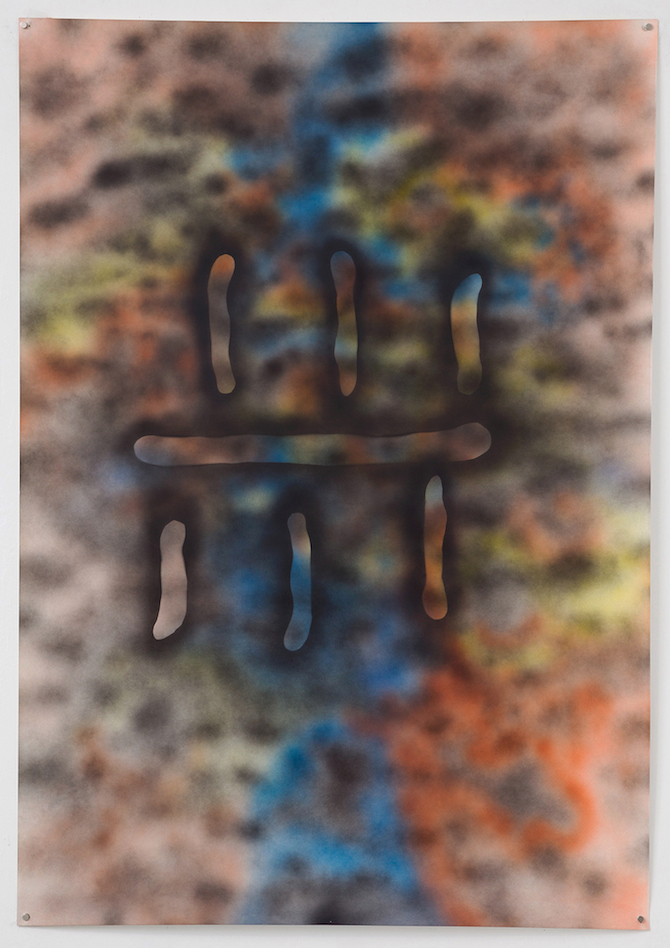
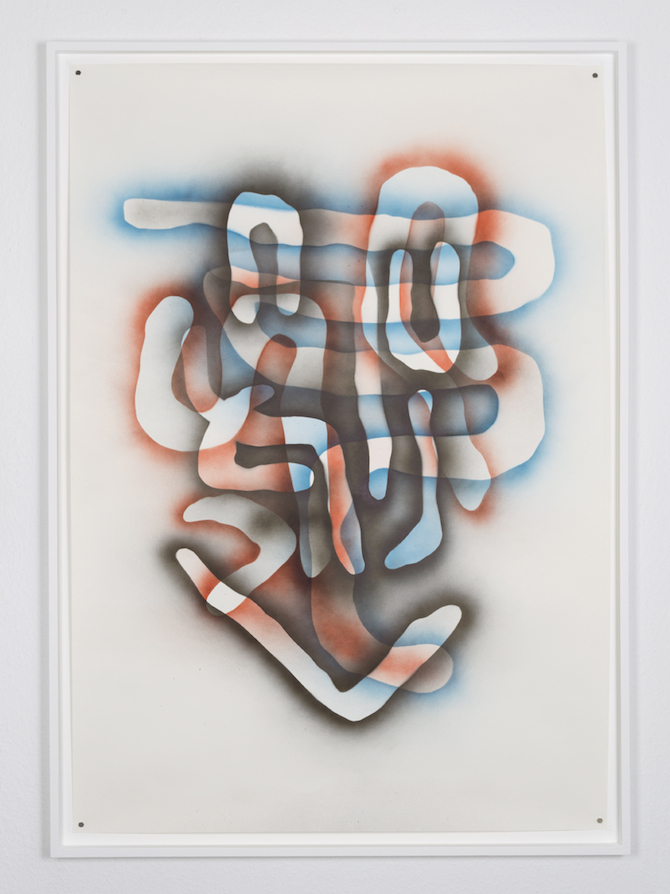
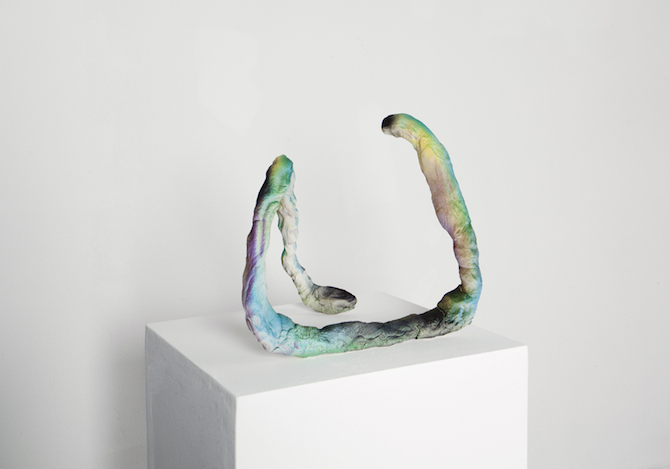
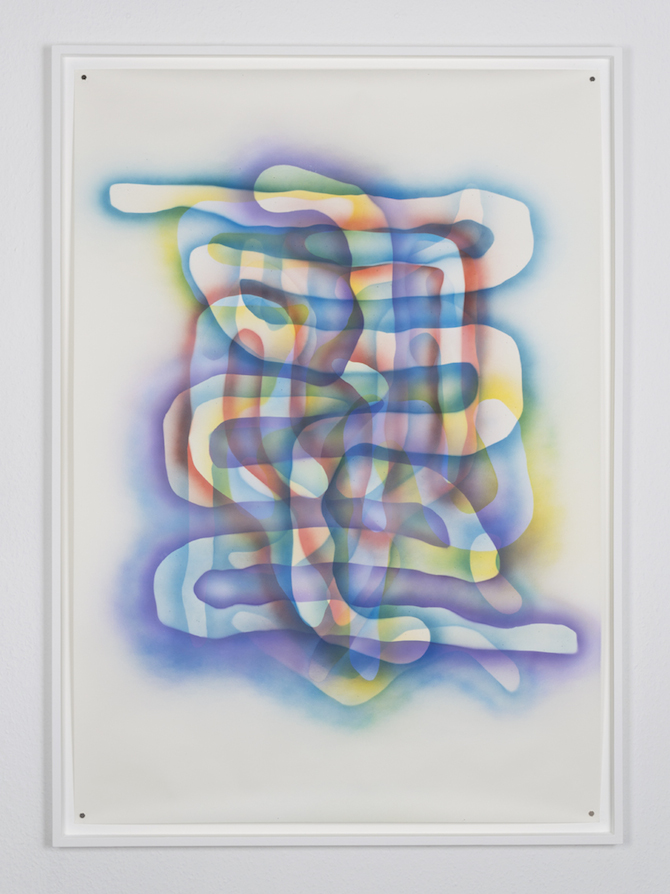
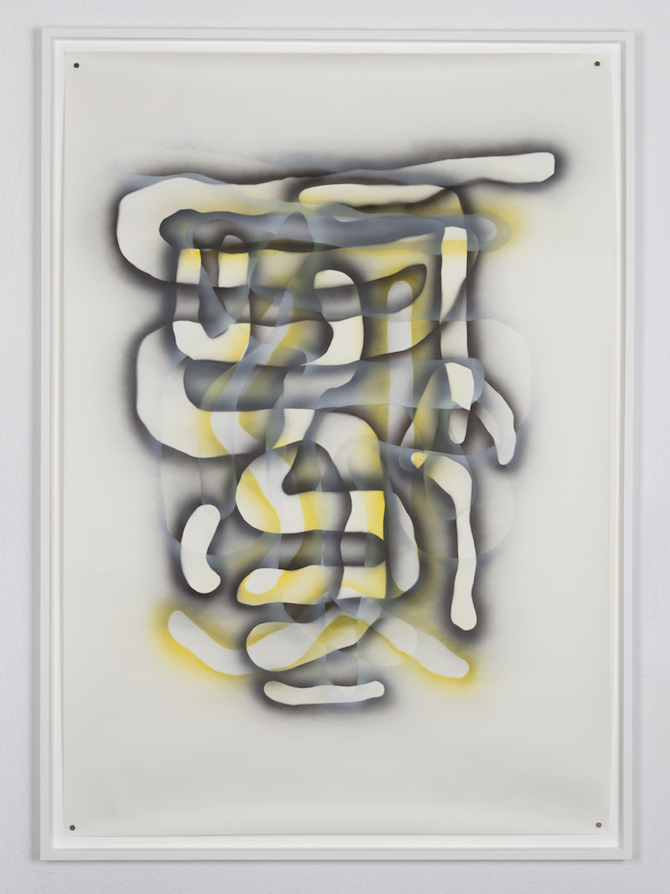
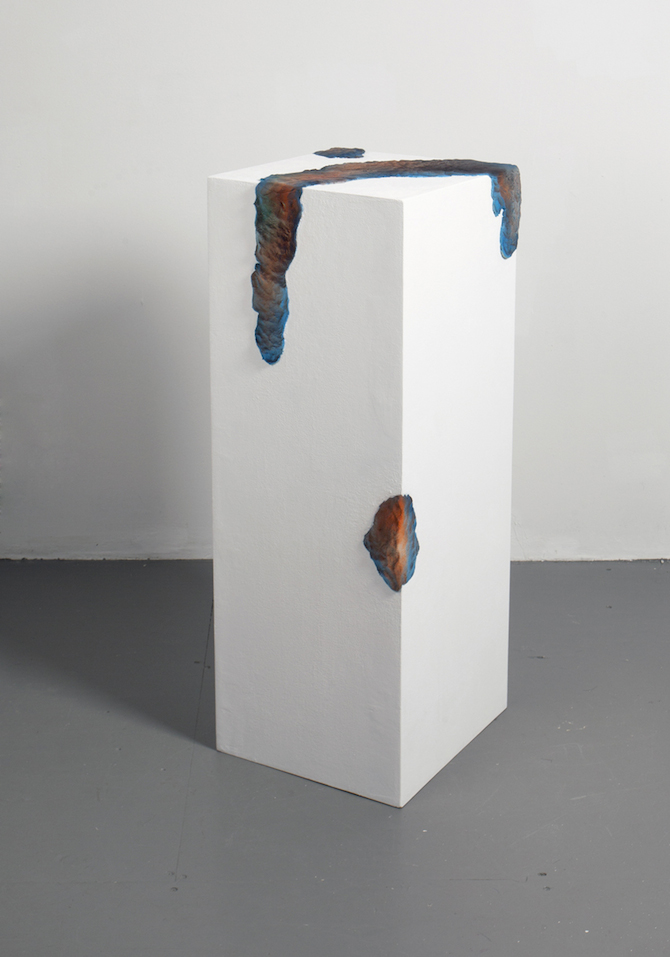
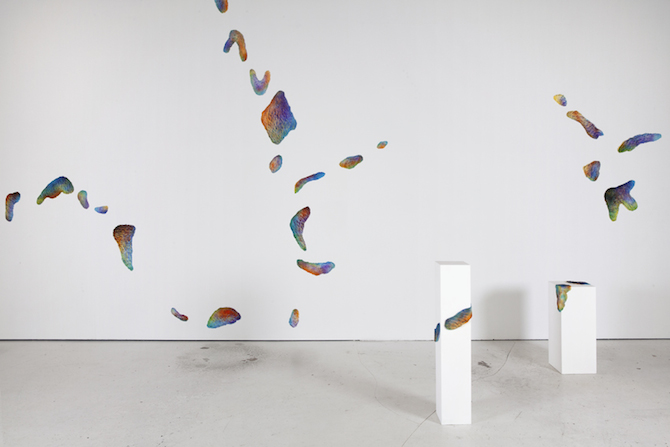
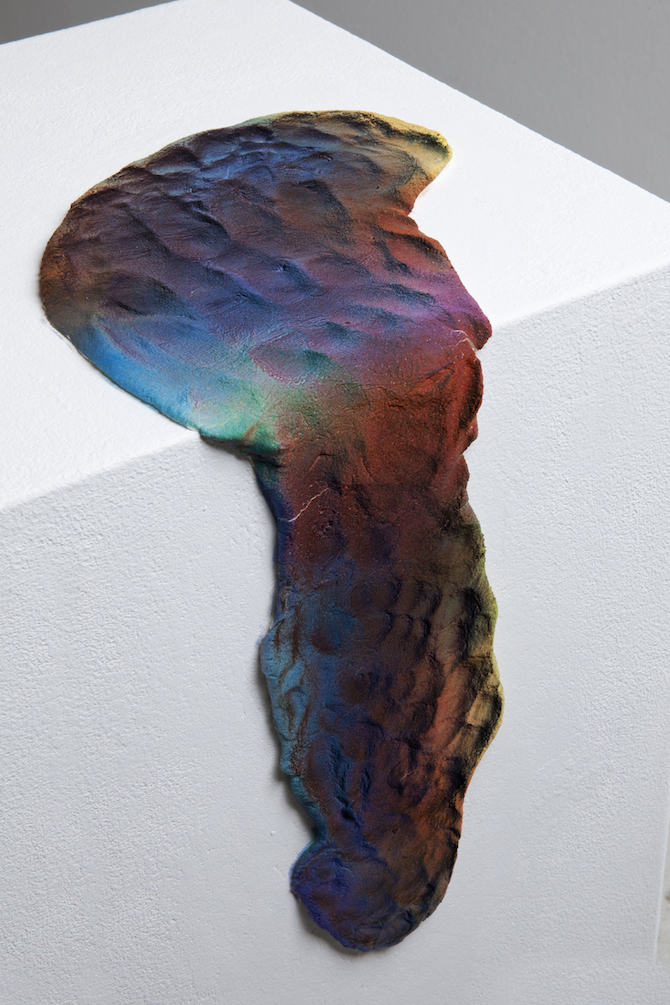 From the top: 'MARISKA HARGITAY', 2012 (photo by Henning Moser); 'FALSE PROPHET 1', 2013 (photo by Ryan Thayer); ‘UNUSED POTENTIAL 6', 2013 (photo by Foort Fotografie); 'FALSE PROPHET 3', 2013;’FALSE PROPHET 4', 2013 (both photos by Ryan Thayer); ‘ANOSOGNOSIA OF EVERYDAY LIFE 1', 2013;’ANOSOGNOSIA OF EVERYDAY LIFE 3 & 4 / THE DAY THE HATE LEFT YOUR EYES', 2014 (site-specific installation at Autocenter, Berlin); Detail: 'ANOSOGNOSIA OF EVERYDAY LIFE 4', 2014 ( all photos of this series by Foort Fotografie) // / All works courtesy and © Katharina Fangler
From the top: 'MARISKA HARGITAY', 2012 (photo by Henning Moser); 'FALSE PROPHET 1', 2013 (photo by Ryan Thayer); ‘UNUSED POTENTIAL 6', 2013 (photo by Foort Fotografie); 'FALSE PROPHET 3', 2013;’FALSE PROPHET 4', 2013 (both photos by Ryan Thayer); ‘ANOSOGNOSIA OF EVERYDAY LIFE 1', 2013;’ANOSOGNOSIA OF EVERYDAY LIFE 3 & 4 / THE DAY THE HATE LEFT YOUR EYES', 2014 (site-specific installation at Autocenter, Berlin); Detail: 'ANOSOGNOSIA OF EVERYDAY LIFE 4', 2014 ( all photos of this series by Foort Fotografie) // / All works courtesy and © Katharina Fangler
